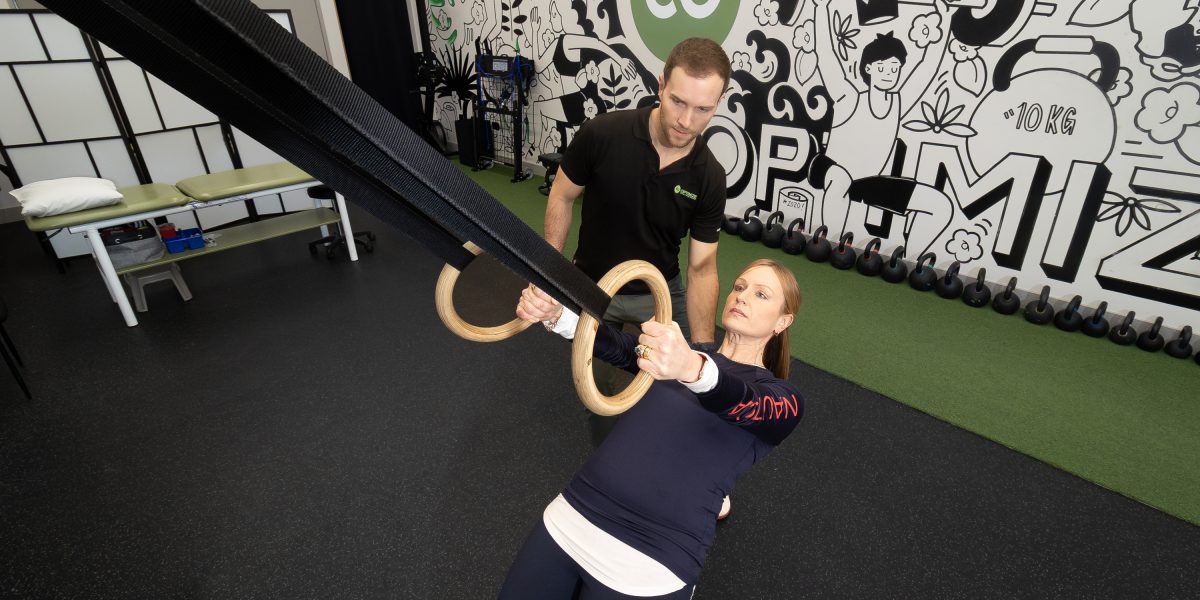The human body is a remarkable machine. It is ultimately controlled and governed by the brain and nervous system. The body works under your conscious control based on what your brain tells it to do. The body also works unconsciously based on what your brain and nervous system is perceiving without you even knowing it. The body is complex, with all of its systems working in conjunction with each other consciously, subconsciously, and unconsciously. The ultimate goal and duty of the brain/nervous system is to keep you alive. It’s goal is to protect the body from danger, injury, and threat at all costs. We are wired this way for a reason, survival and propagation of our genes.
Many of us are in a state of nervous system threat and we aren’t even aware of it. Our central nervous system is doing things to protect us at all times, and many of these things can prevent it from functioning normally and efficiently.
Here are some signs that your brain may think your body is under threat and is trying to protect it.
You're in Pain
This is the obvious one. Pain is simply a protective response of the nervous system in response to a perceived threat. It is the body’s alarm system. Pain is not there to tell you that your body is damaged or how much it is damaged, it is there to motivate protective behaviours. If you are in pain your body, brain, and nervous system is under threat.
Pain is there to motivate you to withdraw from a noxious stimulus, avoid movements that are damaging or aggravating damage, or seek support or care for example. Pain can be out of proportion the actual or potential damage that is occurring, and this is based on a variety of things such as past experiences, expectations etc. Either way, pain is NOT normal. It is an engine light that has gone off, telling your body that something is wrong and it’s system is threatened. Just like our cars, when the engine light goes off, it is wise to get it diagnosed and repaired instead of continuing to ignore and drive/push through it. It tells you that there is a problem, not what the problem is.
You Have Poor Flexibility & Mobility
Uncontrolled movement and excess flexibility are perceived as threats by the nervous system. When your body moves away from its centre and into more extreme ranges of motion, there is automatically a threat of injury. The body’s response is to tighten up when it is under threat, and will limit muscle flexibility and movement from happening. Most of the time, it is not that a muscle is actually short and needs stretching – it is that the brain is not comfortable with letting the muscle stretch to its full potential due to fear or uncertainty. Stiffness and poor flexibility also go hand in hand with pain/injury. When you throw your back out from lifting an awkward object, the nervous system instantly responds by stiffening up all of the muscles around the site of injury – it doesn’t want you moving where it isn’t comfortable and could risk further injury. If you are plagued by chronic inflexibility or stiffness in certain areas, there is an underlying reason. Your brain likely doesn’t trust you, and is acting like an overprotective mother and overriding your body. Neurological stretching techniques can be incorporated to put your nervous system at ease. Spending more time near your limits, and gradually decreasing the threat response is the way to huge improvements in flexibility and mobility.

Strength Plateau’s, Weakness & Altered Movement
Strength is the ability to create force using a muscle contraction. If the body does not feel safe when you are asking it to contract a muscle or produce a movement, the brain will limit the neural drive to the muscles involved and limit force production. This is a protective response, with the brain acting like a governor to limit how much we use our muscles. This is the reason why you might see someone at the gym leg pressing 1000lbs but only able to squat 225lbs (same leg strength, different perception of threat during the movement). Many of the strength plateaus that people run into are actually due to limited stability, movement quality, and motor control…not absolute strength or muscle. When the body feels safer with improved movement quality, core control, technique, and stability, it will grant you more strength. STRENGTH IS GRANTED TO YOU BY YOUR NERVOUS SYSTEM WHEN IT FEELS SAFE. A well known exercise scientist named Vladimir Zatsiorsky noted that the average person can only harness about 65% of their potential muscle power in any given movement.
The same can be said about weakness and altered movement. When someone is experiencing shoulder pain for example, a common complaint is that it feels very weak and they cannot use it to the same extent as the other side. This goes hand in hand with limited mobility/flexibility. When the body is under threat via injury or pain, the nervous system will respond by limiting its strength and movement – to preserve and prevent further damage. Another classic example is a limping pattern that people revert to when in pain or injured. This is an automatic response by the nervous system to offload the area and protect it, which all happens involuntarily.
Dysfunctional Breathing
In this case your body is actually telling your brain that it is in a state of threat or stress, causing the brain to produce a further threat/stress response in the body (both physically and chemically). This all has to do with the way we breathe day to day. A huge percentage of patients I see fall into the breathing dysfunction category, especially people who sit most of the day. Breathing dysfunction happens when we fail to recruit the diaphragm to breathe, instead relying on shallow upper chest/neck breathing patterns. Breathing deeply into the belly/low back area allows us to use the diaphragm to draw in air. It enables our upper chest and neck musculature to relax, and it also directly taps into the parasympathetic nervous system (the rest/digest part) on a chemical and hormonal level. Slow deep diaphragmatic breathing should be the norm most of the time when we are not under actual threat, working out, on a rollercoaster etc. The problem is that many of us are not breathing this way, and are adopting a stress/threat breathing pattern all of the time. Using the neck and upper chest musculature all of the time to breathe will result in high levels of neck tension and tone, postural issues, and further stress/dysfunction. Breathing this way directly accesses our sympathetic nervous system ( the fight or flight part). This can be good in short bursts, but will take a massive toll on a variety of systems when on all of the time. Tell your brain that you are OK, and you can take control of your stress and tension.
Conclusion
Understanding your nervous system is a powerful step toward taking control of your health and well-being. By tuning into your body and learning to manage stress, you can unlock incredible potential and resilience. It may take conscious effort and patience, but the rewards are worth it. Ready to deepen your mind-body connection? Explore personalized guidance and support at Optimize Ottawa’s Physiotherapy Clinic and start empowering your journey to wellness.




